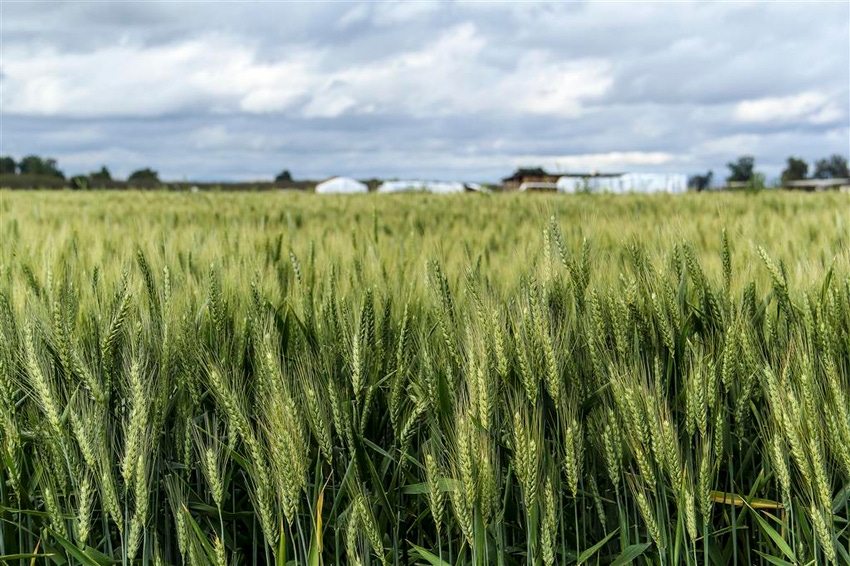
While total California wheat acreage is down again in California, a 210 percent increase in Durum wheat plantings offset that total number somewhat.
A recent survey by the California Wheat Commission revealed the all-wheat acreage in the state fell just short of 525,000 acres. Of that, almost one-fifth is planted in Durum.
Durum growers in the Imperial and San Joaquin valleys responded to higher prices at planting time by increasing their acreages. High silage costs to dairies also motivated growers to plant wheat, though that is tempered by the drought and water availability.
High silage costs are expected to drive growers to cut more wheat for non-grain purposes.
Total wheat acreage is down about 6 percent from last year, according to Cymantha Fredrickson, assistant director of the California Wheat Commission. Acreage planted to red and white varieties decreased 17 percent from the previous year.
Hard red wheat is the top wheat class grown in California, according to the commission. It accounts for about 70 percent of wheat acreage in the state. SY Summit 515 is the top-planted red variety, followed closely by the forage variety WB Patron.
Yecora Rojo remained the most commonly planted red variety in far northern and southern regions of the state. Blanca Grande 515 was the top hard white variety planted, with Yamhill, New Dirkwin and Alpowa topping out the soft white varieties.
Desert King and Orita were the top-planted Durum varieties in southern California whereas San Joaquin Valley acreage was equally split between Desert King HP, Fortissimo, Orita, Miwok and Volante.
California remains the largest state for milling in the United States, according to Fredrickson. Much of the wheat milled must be imported from other states to meet milling capacity.
About the Author(s)
You May Also Like






